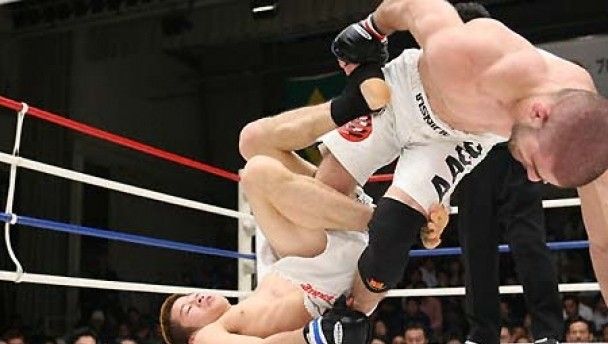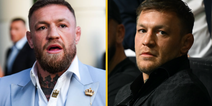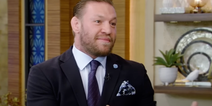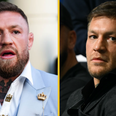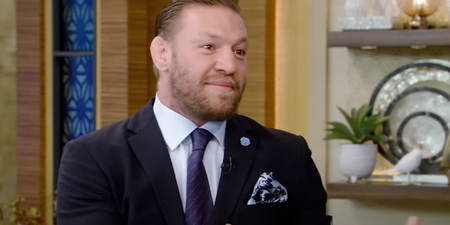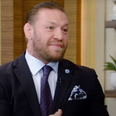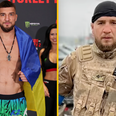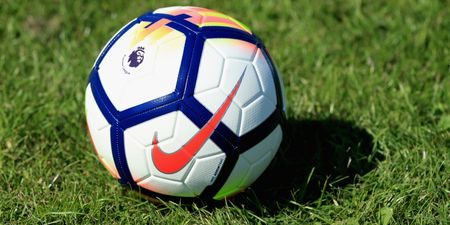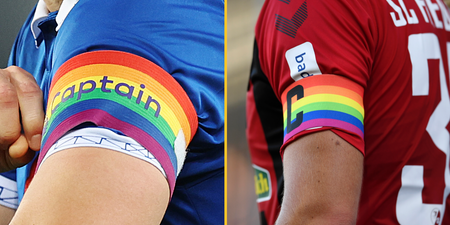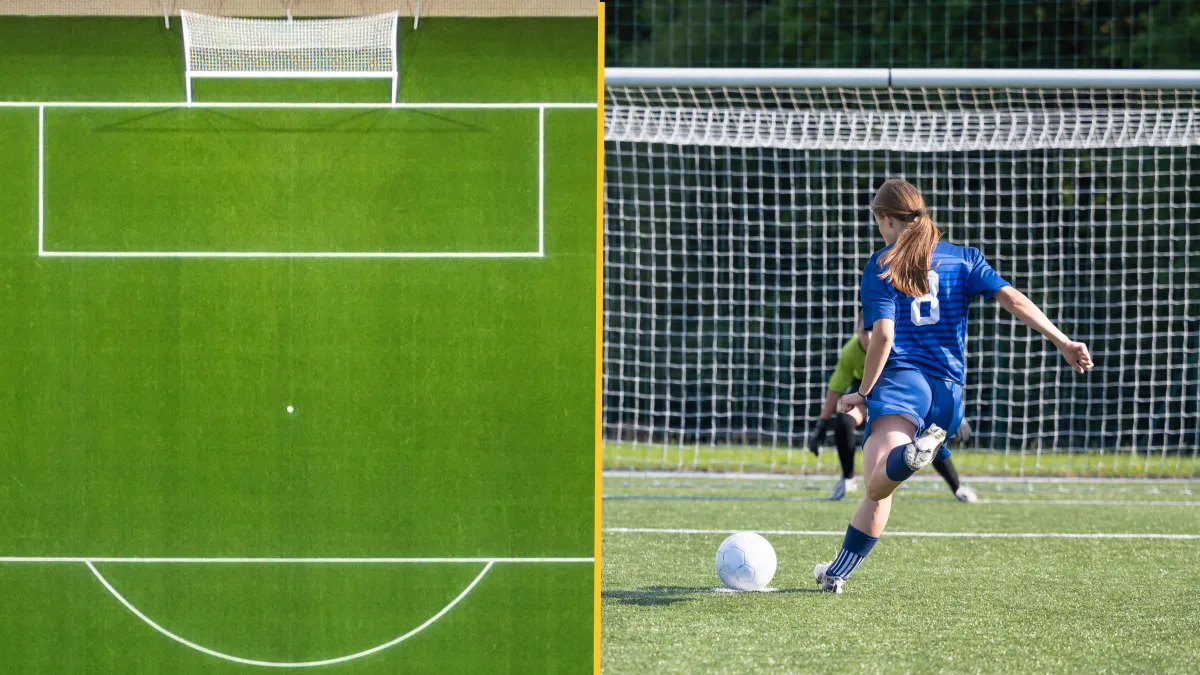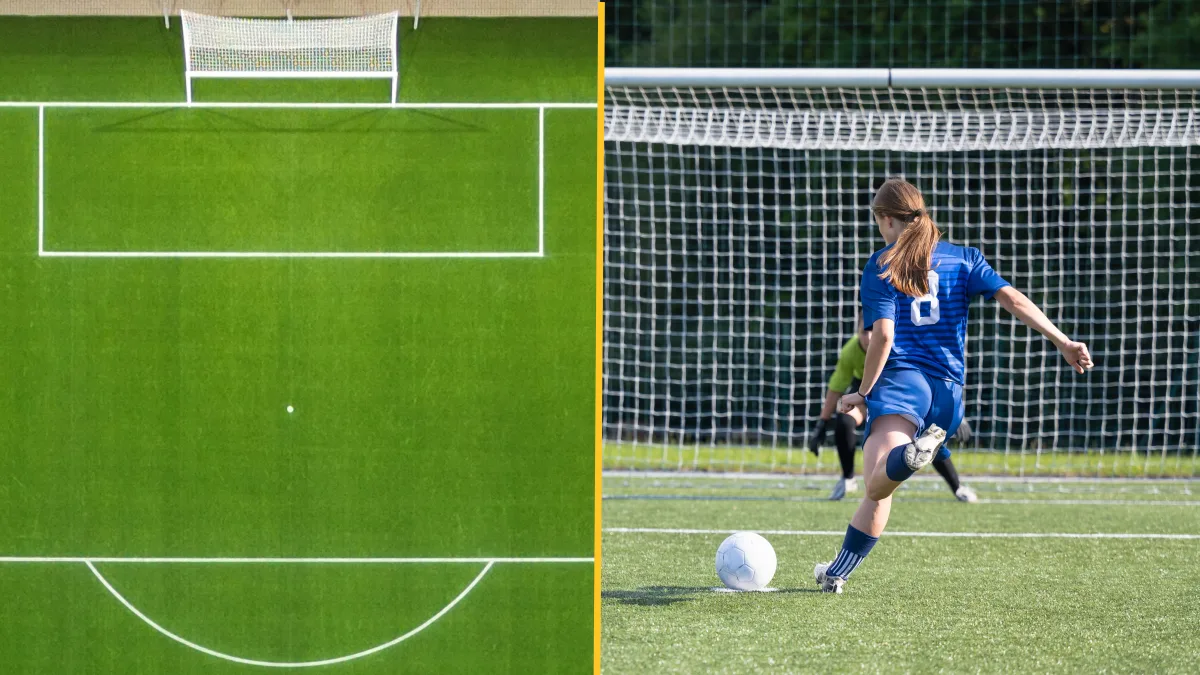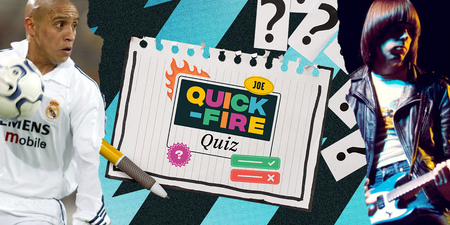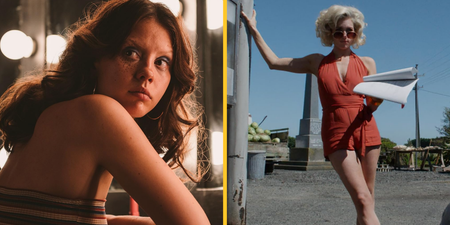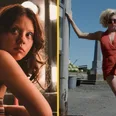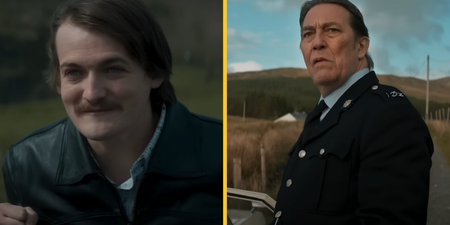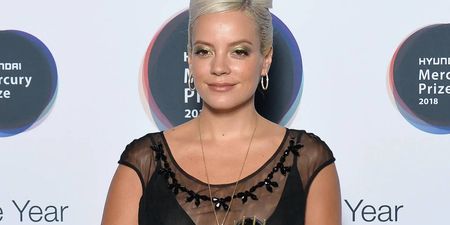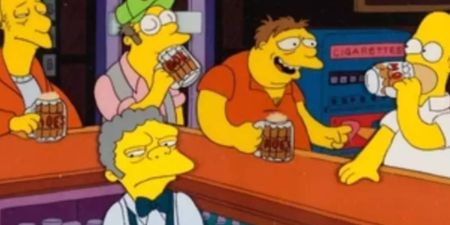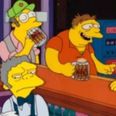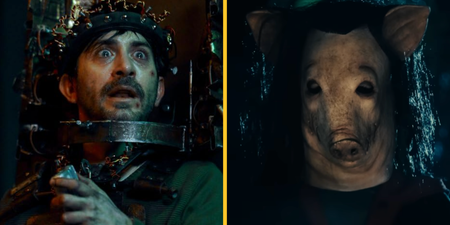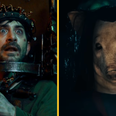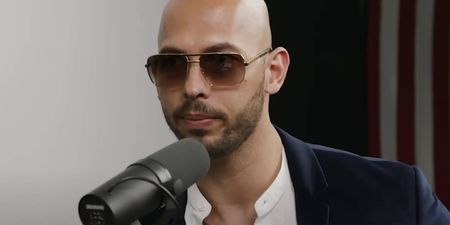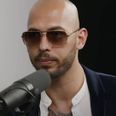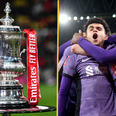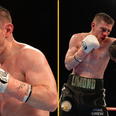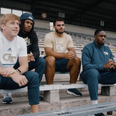An unfortunate by-product of the UFC’s monopoly in global MMA is the misconception that the sport was created at UFC 1 in Denver 1993. Not so, as Japanese organisations held events with a brand of MMA that predates the UFC.
By Fergus Ryan
After the collapse of Pride Fighting Championships, MMA in Japan is at a low ebb. This does a huge disservice to a land steeped in a martial arts history where judoka, sumo wrestlers and even pro wrestlers are revered for their feats on the mat.
It should be hardly surprising that professional MMA can trace some of its origins to Japan, so let’s take a look back and tip our hat to when Japan ruled the MMA world.
Long before Rorion Gracie ever thought of the UFC, the Shooto organisation was created by legendary Japanese pro wrestler Satoru Sayama in 1985. Sayama wanted all the action of pro-wrestling but with a real result. It was different to traditional martial arts or amateur wrestling as it combined a number of styles and allowed strikes but not with closed fists and not on the floor.
It also created a national system that allowed young fighters to graduate from being a novice to a professional through various ranks. Shooto staged the 1st pro MMA show in 1989. It remains the only MMA promotion to stage shows in all 47 of Japans prefectures (all other MMA promotions operate solely in Tokyo).
Shooto has been a nursery for many of Japan’s leading fighters such as Shinya Aoki, Rumina Sato, Yuki Nakai, Enson Inoue, Takanori Gomi and some foreign fighters too like Erik Paulson, Anderson Silva and Joachim Hansen. To give an indication of the esteem Shooto is held in Japan, Takanori Gomi, a veteran of big-money Japanese MMA shows, fought on the 2009 20th anniversary of Shooto’s first pro show card for a meagre purse.
In addition to that, “Lion” Takeshi Inoue gave up the chance to fight in Sengoku’s featherweight tournament for undoubtedly a bigger pay-day in 2009 to defend his 143-pound Shooto crown. And Rumina Sato, since his career began in 1994, fought only once outside of Shooto-sanctioned events in a 44 bouts even though the top promotions have been chasing his services.
Following the success of Shooto, Pancrase was formed by more pro wrestlers Masakatsu Funaki and Minoru Suzuki in 1993, taking their name from Pankration, the ancient Greek fighting system that combined boxing and wrestling.
Funaki and Suzuki broke away from their pro wrestling promotion as they were getting disillusioned with the story lines and in-ring theatrics. Like Sayama before them they wanted to create a credible fighting system with real results rather than a ‘worked’ outcome.
The rules were broadly similar to Shooto but they centred on the lucrative Tokyo market and attracted more international talent, most notably Ken Shamrock (a pro wrestler in Japan at the time), who was invited to take part in UFC 1 as the “submission fighter” having already fought 3 times in Pancrase. He would eventually become the 1st King of Pancrase, the organisations open-weight champion.
Due to injury Ken brought his more talented brother Frank to the organisation, who subsequently went on to hold the King of Pancrase title. Bas Rutten started his MMA career in Pancrase also and enjoyed a rivalry with the Shamrock brothers. Initially slow to change its rules, Pancrase lost out to newer promotions that were getting looser with the striking side of MMA.
Eventually bowing to promotional peer pressure, Pancrase introduced closed fist strikes in 1998. Though not as relevant anymore, some current fighters still have proud associations with Pancrase. When not suspended Josh Barnett is proud to represent Pancrase and defend his open weight champions belt. Other notable fighters who cut their teeth with Pancrase include Yuki Kondo, Nathan Marquardt (7 times middleweight King of Pancrase), Ricardo Almeida, Semmy Schilt, Chael Sonnen, Paul Daly and Carlos Condit.
Moving with the times, Shooto created the Vale Tudo Japan promotion in 1994. Closed fist strikes and strikes to a downed opponent were now legal. Vale Tudo Japan ran evens from 1994 to 1999 with the undoubted star being Rickson Gracie, who won the ‘94 and ‘95 tournaments. The Gracie name had been long established in South America as the first family of no-holds barred fighting. Royce’s exploits in UFC’s 1, 2 and 4 further cemented that. Rickson had long been considered the family champion and finally had a stage to prove his skill and toughness.
Japan found its unlikely hero in the diminutive Yuki Nakai, the 150-pound world champion of pro Shooto. When the Shooto organisation was putting together the second Vale Tudo Open card in 1995, Nakai was seen as the best fighter to showcase Japanese budo or fighting spirit.
The smallest competitor, Nakai beat Dutchman Gerard Gordeau in the first round of the tournament, in spite of being repeatedly eye-gouged over the course of their 27-minute bout. Nakai came back out in the semi-finals, eye bandaged, to submit American wrestler Craig Pittman only to be beaten in the finals by Rickson Gracie. Gordeau’s gouging permanently blinded Nakai in his right eye, forcing him retire at 25. He only revealed the extent of the injury 2 years later as he did not want Shooto to be blamed or criticised for such a brutal outcome.
Two of the featured fighters are eventual winner, Rickson Gracie and Todd Hays, who explains how he entered the tournament to finance his true dream; to compete in the Olympics as a bobsledder (which he did with great success).
Long before the UFC’s deal with FOX, the creation of Pride Fighting Championships in 1997 showed the world how big MMA could be. Originally created as the staging ground for a match between Rickson Gracie and popular Japanese pro-wrestler Nobuhiko Takada, Pride events became the zenith of MMA at the time.
Lured by the money and wanting some of the esteem fighters were held in by the ordinary Japanese, top overseas fighters joined the local warriors to wow the crowds. At its peak in the early 2000s, Pride was the most popular MMA organisation in the world, broadcast in 40 countries.
Pride also held the largest live MMA event audience record of over 90,000 people at the Pride and K-1 co-production, Shockwave/Dynamite, held in August 2002, as well as the audience record of over 67,000 people for its own event at the Pride Final Conflict 2003. Around the same time the UFC was remerging after the purchase by Zuffa but still only getting on average 45,000 pay per view buys and under 10,000 in the arenas in 2002.
Possibly the greatest collection of fighters ever assembled was for the Pride Open Weight Grand Prix tournament in 2000. The destroyers of the day like Mark Kerr, Mark Coleman, Igor Vovchanchyn, Royce Gracie and the Gracie Hunter, Japanese MMA legend Kazushi Sakuraba were among the 16 fighters who lined up for the multi-event tournament.
Mark Coleman had already won UFC tournaments and held the UFC heavyweight title. He could genuinely lay claim to being the best fighter on the planet with his Pride Grand Prix win in 2000. While Coleman was victorious, the hour-and-a-half bout between Gracie and Sakuraba is the stuff of legend. A pro wrestler turned MMA fighter hands the all-conquering UFC pioneer his 1st defeat.
Pride Open Weight Grand Prix 2000 tournament highlights
Many of the biggest fighters launched or cemented their careers in the Pride ring – Wanderlai Silva, the Rua brothers, the Nogeuira brothers, Quinton Jackson, Fedor Emelianenko, Dan Henderson, Mirko Filipovic, Anderson Silva, Lyoto Machida, Alastair Overeem not to mention the countless local fighters like Sakuraba, Takanori Gomi, Fujita.
Prior to defeating Royce Gracie, Kazushi Sakuraba had won the original UFC Japan tournament and defeated some prominent names of the day like Marcus Silveira, Carlos Newton and Vitor Belfort. Having already defeated Royler Gracie his defeat of Royce saw Sakuraba christened the ‘Gracie Hunter’ and he would go on to defeat Ryan and Renzo from Brazil’s first family of fighting. Sakuraba became synonymous with the Pride brand and featured in 27 of their 68 shows across his 45 fight career.
Kazushi Sakuraba highlights
In the end, the decline in Pride was swift, as financial problems, links to the Japanese mafia (the Yakuza) and a talent drain to a resurgent UFC all resulted in the sale of Pride to the UFC. All fighters still contracted to Pride could sit out their contract or strike a new deal with the UFC, which many did. The much smaller DREAM and Sengoku promotions have tried to fill the very big shoes left behind with only modest success.
We wouldn’t have the UFC today if Japanese MMA and particularly Pride had never happened. It is fair to say that paved the road the UFC is currently traveling down. Unfortunately this is getting lost as the UFC takes MMA into the mainstream.
While monopolies can be prohibitive for competition the UFC is taking MMA to places other promotions simply can’t and it is important for the sport they continue to do so. But it is equally important we remember the contribution of the Land of the Rising Sun to the MMA story.
